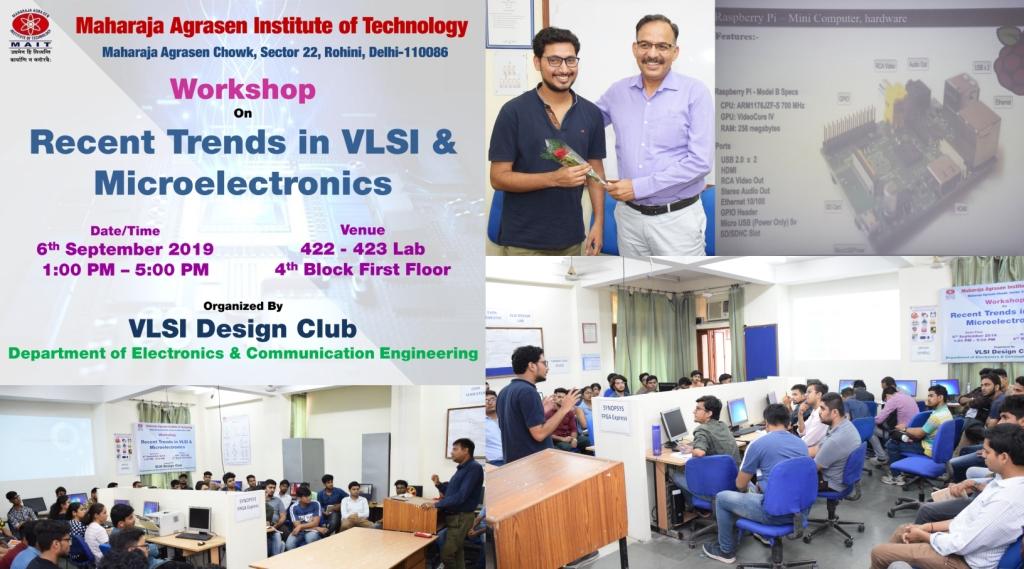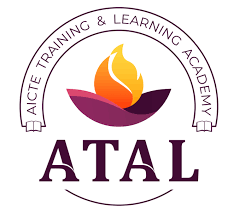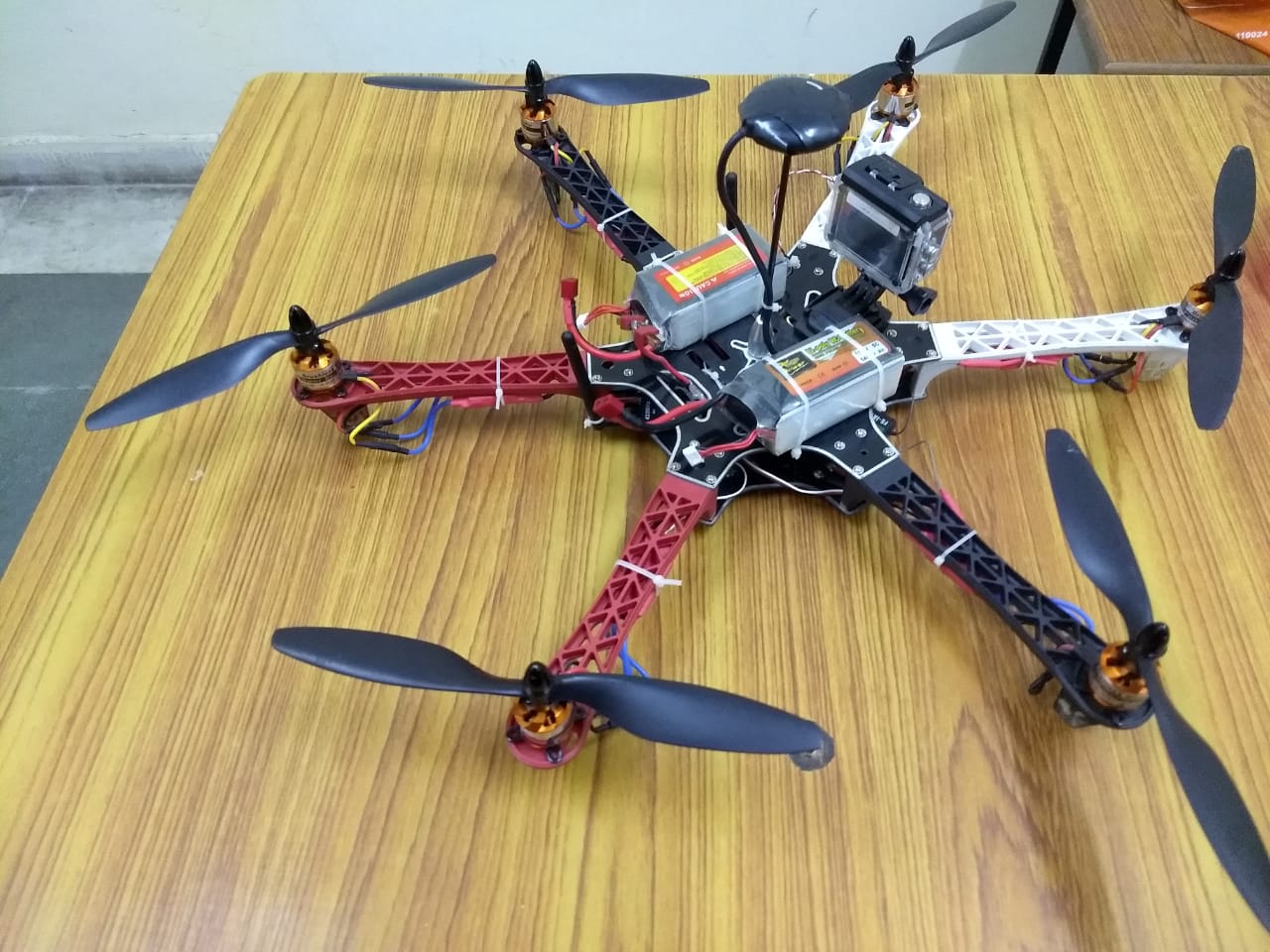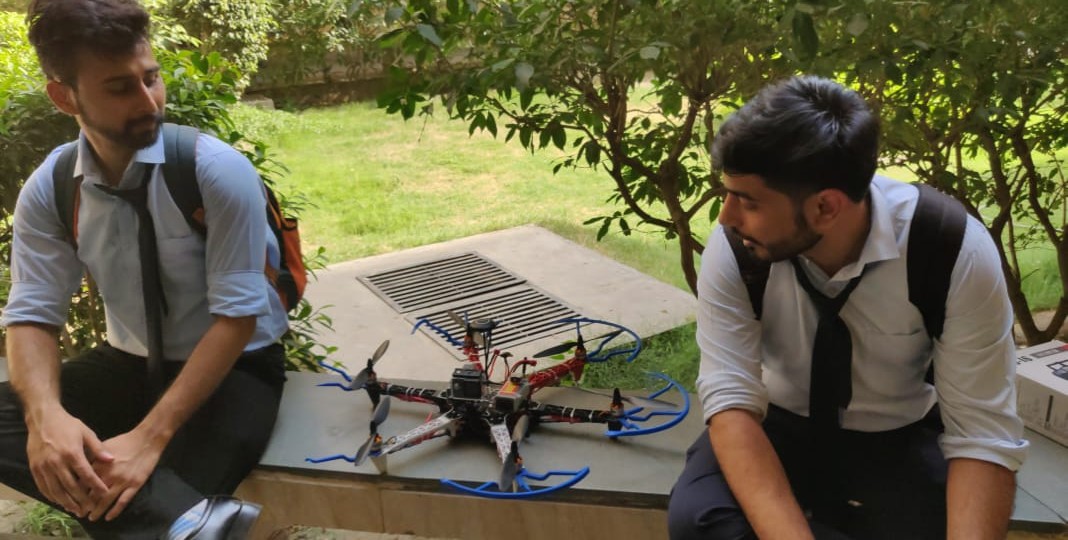Recent Trends in VLSI and Microelectronics
Date: Sep 6,2019
Venue: Room No. 422/423, Block 4, MAIT
Duration: 1:30 PM to 5:30 PM (4 hours)
A workshop was organised by the VLSI CLUB on Sep 6,2019. The topic of the workshop was Recent Trends in VLSI and Microelectronics. The main goals of this seminar cum workshop was to bridge the gap between theoretical knowledge and industrial standards. Another motive of this workshop was to gather the students interested in jobs in technical domain after their bachelors and answer their question on the topic of their careers in Analog, Digital, VLSI and microelectronics Domain. The keynote speakers of the workshop were Sashwat Kaushik who holds the position of Sr. Design Engineer in STMicroelectronics Private Limited.
The program started when PK Sinha Sir entered with Sashwat Kaushik in the lab, room number 422, 4th block. After some basic introduction PK Sinha Sir took the initiative and introduced the whole gathering to Sashwat Kaushik, our keynote speaker of the afternoon. PK Sinha Sir’s introduction not only prepared us but also motivated us to listen to Sashwat with utmost focus as Sir introduced him as an alumnus of our college from batch 2014.
After the introduction by PK Sinha Sir a welcome ceremony was held to respect our esteemed speaker by congratulating him on his career and thanking him for taking out the time and working on this workshop to better prepare and guide the students and answer their questions about their careers in technical domain. This was all done by and in presence of PK Sinha Sir and HOD Sir(ECE department).
As the welcoming party moved outside the lab, Sashwat Sir took on the central position and introduced himself to the students present there in such a way that it created an environment of comfort and learning. Sashwat Sir discussed the two parts of the workshop, firstly the introduction and explanation to the technical domain and secondly a hands-on project on T-spice.
Sashwat Sir came prepared with a PPT to help him to give an introduction and explain:
• What is VLSI Design?
o To this he explained the basics of Semiconductors, MOSFETS, transistors and CMOS.
• What kind of applications this technology can have?
o He explained this by giving an example of a mobile phone’s motherboard and introduced the students to basic structure and designing of microchips.
• Where is this technology currently used?
o He tried to explained varied possibilities of microelectronics in cars and self-automated robots such as self-driving cars.
• What are all the sectors in which this technology is being used?
o He helped students to foresee the applied technological concepts and how these applications can help to transform the world into a self-automated and efficient system connected with advanced and complex network of billions of electronic devices that are interconnected via IOT.
• What is the future prospect of this technology and in which type of jobs you can find yourself working?
o By answering this question, he clarified on the types of different jobs available on different levels of development of the above-mentioned electronics, all from planning, designing, manufacturing to the final testing and packaging.
Within the boundaries of the above topics Sashant Sir also explained various benefits of certain skills to have in our arsenal which makes us better prepared for the jobs. He elaborated on coding skills and communication skills to name the few. Before the break Sashwat Sir was just finished explaining the whole structure and process of making of a microchip and how different jobs and selected part of the process are integrated together.
After some refreshments during the break, as was expected the students were standing surrounding Sashwat Sir asking varied questions on just explained concepts and how to prepare for the jobs described in the session. Sashwat Sir worked tirelessly with the students helping them and explaining them the answers and even some questions to full degree.
The session resumed in the adjacent lab, room 423, this time as the air conditioner of the room 422 was not supporting the heavy crowd. As second session started Sahawat Sir answered the students question on how to prepare and what to prepare for the job in technical domain. He touched on the basics of varied subjects and explained their significance on how they help the students to understand electronics.
As the workshop approached the end of the explanatory part, Sashwat Sir shared the sayings and quotes of some of the most famous engineers from various domains. He also shared his experience in the field and also shared various links and resources which can help the students to understand and relate the concept in practical life.
The hands-on project of this workshop was to make and study the R C Oscillator. The software used for this project was T-spice. As Sashwat Sir explained the working of the software on the projector screen, students followed his guidelines and started making the project parallelly with him. There was some requirement of personal help to few students but many of the students succeeded in simulating the project. At last Sashwat Sir helped everyone to make sense of the result and how to better operate the simulation for desired output. At this point the workshop ended and an Q&A session followed.
This workshop was attended by 55 students from 2nd, 3rd and 4th year from ECE stream. The workshop started at around 1:30 PM and ended at about 5:15 PM with an 15 min break from 3:20 PM to 3:35 PM. After the session I talked to the students in the lab and discussed about their review of the workshop and what they expect from VLSI CLUB. Some of my conclusion are:
• The Workshop was a success and all the students appreciated the non-biased and practical experience of the technical world.
• Many of the students have a keen interest in the technical domain and want to expand further on it.
• All the students want a society in which they could input their creative technical ideas with supported guidance from mentors and teachers. Every one wants to not only think but also to practically apply that concepts in projects that they could do in their spare time.
• Everyone wants to have a society, an environment in which they could prepare for the technical interviews for varied companies.
At the end the workshop ended at 5:35 PM on Sep 6, 2019.




















